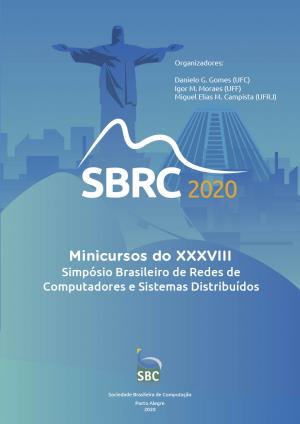Minicursos do XXXVIII Simpósio Brasileiro de Redes de Computadores e Sistemas Distribuídos
Palavras-chave:
Computação em névoa, Computação em nuvem, Processamento distribuído, Cidades inteligentes, Internet Quântica, Redes Quânticas, Computação Quântica, Redes 5G, Softwarização, 3GPP, Aprendizado profundo, Aprendizado de máquina, Internet das coisas, Redes industrias, Redes de sensores sem fio, Segurança de redes, Detecção de intrusão, Computação sem servidorSinopse
O livro Minicursos do XXXVIII Simpósio Brasileiro de Redes de Computadores e Sistemas Distribuídos contém os minicursos selecionados para apresentação no XXXVIII Simpósio Brasileiro de Redes de Computadores e Sistemas Distribuídos (SBRC), realizado online entre os dias 7 e 10 de dezembro de 2020. O Livro dos Minicursos do SBRC tem sido tradicionalmente utilizado como material de estudo de alta qualidade por alunos de graduação e pós-graduação, bem como por profissionais da área. As sessões de apresentações dos minicursos são também uma importante oportunidade para atualização de conhecimentos da comunidade científica e para complementação da formação dos participantes. O principal objetivo dos Minicursos do SBRC é oferecer treinamento e atualização de curto prazo em temas normalmente não cobertos nas estruturas curriculares e que possuem grande interesse entre acadêmicos e profissionais.
Capítulos
-
1. Plataformas de Fog Computing: da Teoria à Prática
-
2. Quantum Internet: The Future of Internetworking
-
3. Soft5G+: Explorando a Softwarização nas Redes 5G
-
4. Aprendizado Profundo em Redes Desafiadoras: Conceitos e Aplicações
-
5. Computação Serverless: Conceito, Aplicações e Desafios
Downloads



